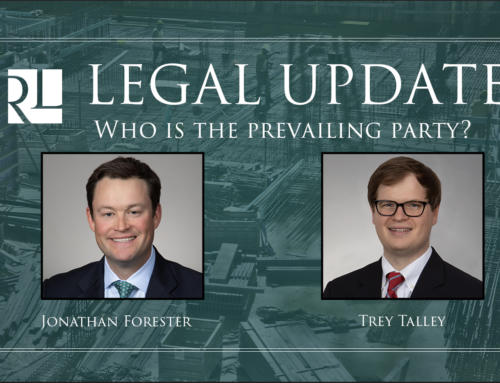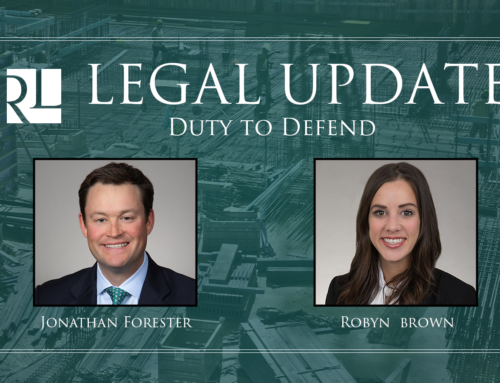In Parrish v. Premier Directional Drilling, L.P., 917 F.3d 369 (5th Cir. 2019), several directional drilling analysts sued Premier Directional Drilling, L.P. for allegedly violating the FLSA by misclassifying them as independent contractors rather than employees and failing to pay them overtime. One of the requirements for protection under the statute is establishing the employer-employee relationship. Independent contractors are not entitled to FLSA protection.
The district court determined that the plaintiffs were employees as defined by the FLSA, allowing the plaintiffs to collect three years in backpay. In reversing the district court’s decision, the U.S. Fifth Circuit found the workers’ status favored classification as independent contractors, not employees. The court applied the Silk test, which weighs five factors: (1) the degree of control exercised over the worker, (2) the extent of investment in the worker, (3) the ability of the worker to pursue other work, (4) the skills and initiative required to perform the job, and (5) the permanency of the relationship. No single factor is determinative.
After analyzing the factors, the Parrish court found in favor of classifying the workers as independent contractors, noting the factors together provided an accurate picture of the workers’ economic independence. The court also weighed three additional factors that weighed in the favor of independent contractor status: (1) the existence of an express agreement favoring independent contractor status, (2) industry standard practices, and (3) the purpose of FLSA. The court found these additional factors comported with their determination that the workers were independent contractors.
The Parrish court reiterated that the FLSA classification should focus on the economic reality of the worker’s role, not contractual language. An employer cannot simply evade the FLSA requirements by confecting independent contractor agreements. Furthermore, the subjective belief of the worker has no bearing on independent contractor status. But to the extent industry standards affect the objective economic reality of workers, the court found this is relevant.



